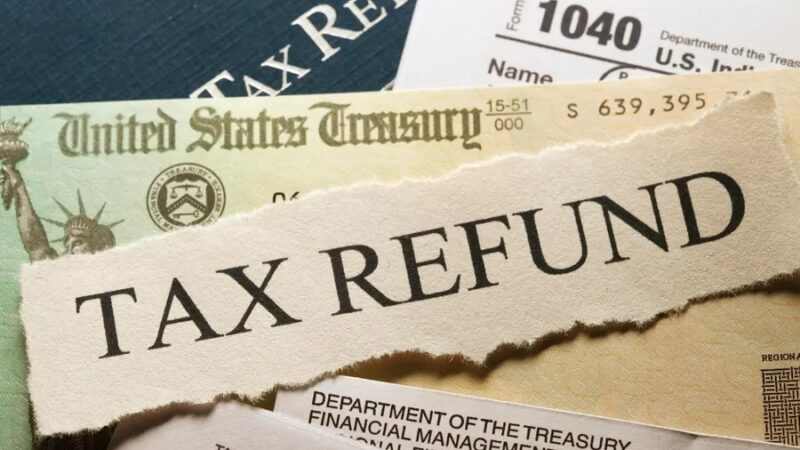5 Distinct Differences Between Unsecured vs. Secured Debt

There are more than 21.1 million outstanding personal loans in this country at any given time. A personal loan is one of many loan types people turn to when they need cash, and they come in several types.
When you look for a personal loan, you’ll notice that they come in two primary forms: unsecured and secured.
Comparing the differences between unsecured vs. secured loans is crucial before applying for one, as these loan types are significantly different.
Continue reading this guide to learn about the five main distinctions between secured and unsecured loans.
1. Collateral
The primary difference that sets unsecured loans apart from secured loans is collateral. Collateral is the main requirement for secured debt.
Collateral is an asset you give the lender access to until you repay the funds in full. For example, if you borrow money to buy a house, the house is the collateral.
A personal loan might require collateral or not. If it does, the lender considers it a secured loan. But, if the lender doesn’t require collateral, it’s an unsecured loan.
2. Loan Amount
The second difference is the loan amount. When you offer collateral for a secured loan, the lender bases the loan amount on the collateral value.
For example, they might offer a percentage of the collateral’s value. However, the percentage varies.
The lender bases the loan amount for an unsecured loan on other factors, such as your income or ability to repay the money.
3. Approval Basis
A lender must review your application before approving the loan request when you need to borrow money. In addition, the criteria lenders use are different for secured and unsecured loans.
For example, you might need a higher credit score to qualify for an unsecured loan vs. a secured loan. You can evaluate these cash lending services to learn more about the approval basis lenders use.
4. Risk Level
The next difference is the risk level the lender assumes when issuing loans.
When a lender issues a secured loan, they can retrieve the collateral if the borrower defaults. On the flip side, they have no collateral to access with an unsecured loan.
Therefore, lenders assume higher risk levels with unsecured loans than with secured loans.
5. Terms
Finally, there is a difference between the terms of secured vs. unsecured loans. For example, secured loans might have lower interest rates. Additionally, these loan types might have different durations and repayment methods.
If you need a loan, a lender will ask you to apply for it. They’ll review how well you are at managing debt before approving it, and they’ll base their decision on several other factors.
Learn the Differences Between Unsecured vs. Secured Loans
As you learn the differences between unsecured vs. secured loans, you can decide which is right for you. Of course, both options provide cash when you need it, but you should understand the primary differences before applying.
If you enjoyed this article, feel free to browse through the rest of our site.







